
Moderne opname het 'n revolusionêre omskepping ondergaan met die invoering van Global Navigation Satellite Systems (GNSS)-tegnologie, veral Real-Time Kinematic (RTK)-posisionering. Terwyl tradisionele opnamemetodes die bou- en landmetingsbedryf lank gedien het, bied GNSS RTK ongeëwenaarde voordele wat die wyse waarop data versamel word, fundamenteel verander.
MEER BEKYK
Wanneer presiese posisionering krities is vir jou opname-, konstruksie- of ingenieursprojek, word die keuse van die regte GNSS RTK-sisteem 'n sentrale besluit wat die sukses van die projek kan bepaal. Moderne opname vereis sentimetervlak akkuraatheid, betroubaarheid en doeltreffendheid wat slegs deur geavanseerde stelsels gebied kan word.
MEER BEKYK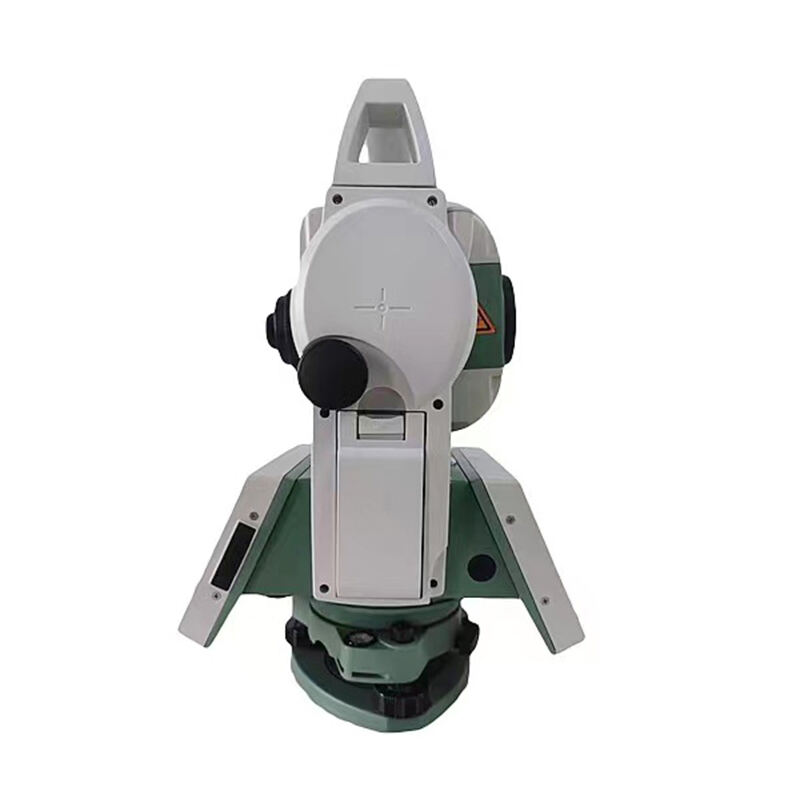
Professionele veldwerk vereis presisie, betroubaarheid en doeltreffendheid in posisioneringstegnologie. Moderne opname-, konstruksie- en georuimtelike toepassings benodig posisioneringsoplossings wat sentimetervlak akkuraatheid lewer terwyl dit die draagbaarheid en gebruikersvriendelikheid behou.
MEER BEKYK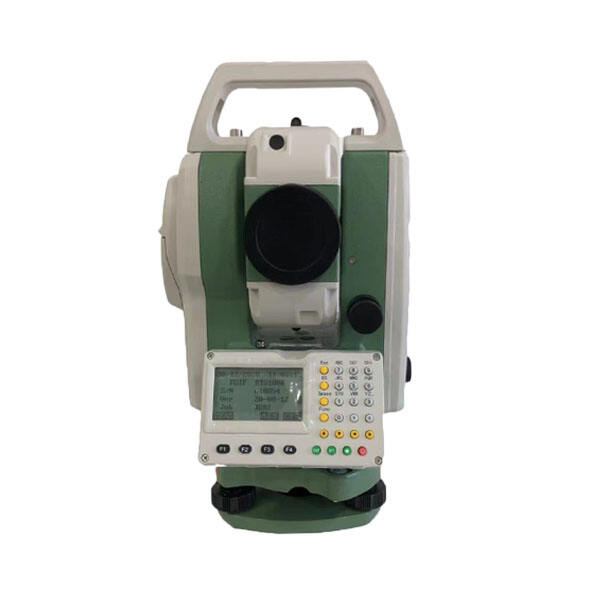
Moderne opname- en posisioneringsaansoeke vereis uitsonderlike akkuraatheid wat tradisionele GPS-stelsels eenvoudig nie kan lewer nie. Global Navigation Satellite System Real-Time Kinematic (GNSS RTK-stelsels) het presisieposisionering omgekeer deur voorsiening van sentimetervlak akkuraatheid in werklike tyd.
MEER BEKYK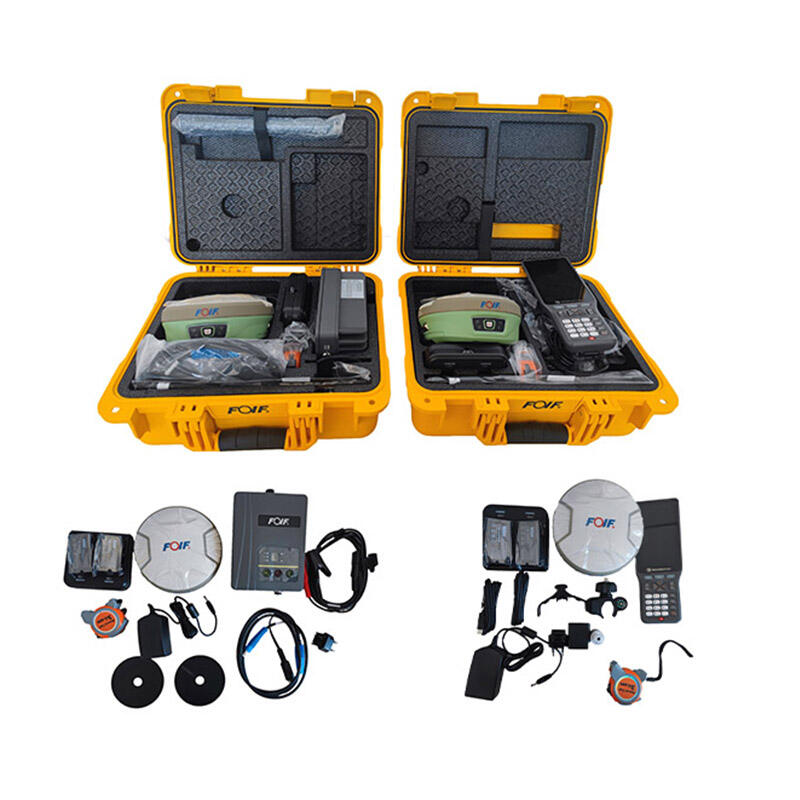
Real-Time Kinematic (RTK) tegnologie het die veld van opname omgekeer deur sentimetervlak akkuraatheid in posisioneringsmetings te verskaf. Hierdie gevorderde Global Navigation Satellite System (GNSS) tegniek stel opnamekundiges, bouprofessi...
MEER BEKYK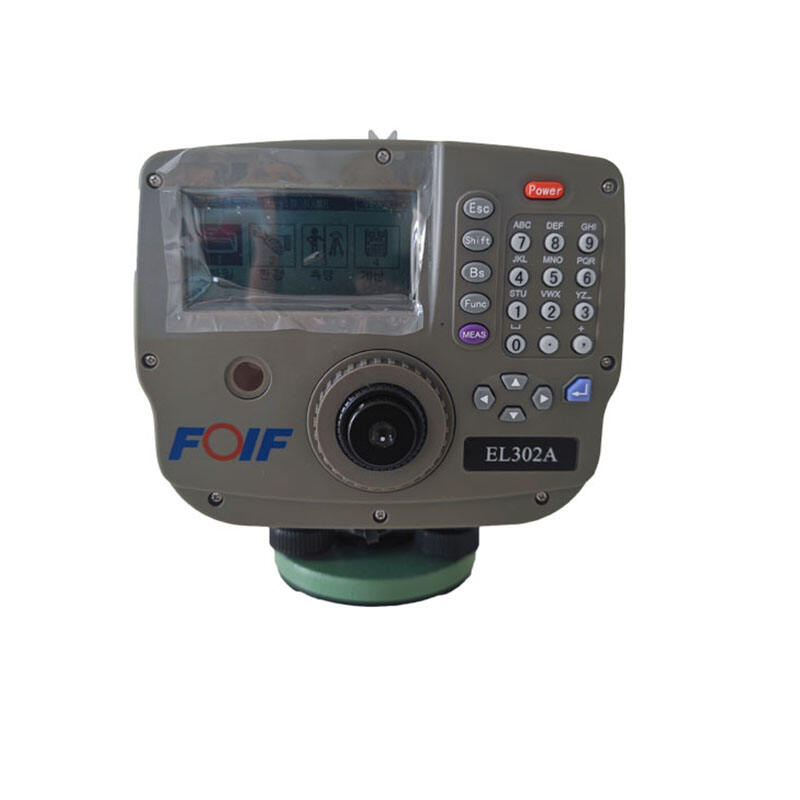
Begrip van die Evolusie van Moderne GNSS-tegnologie Die landskap van globale navigasiesatellietstelsels het dramaties verander oor die afgelope dekade. GNSS-ontvangers het 'n integrale rol in verskeie nywerhede geword, vanaf presisielandbou tot u...
MEER BEKYK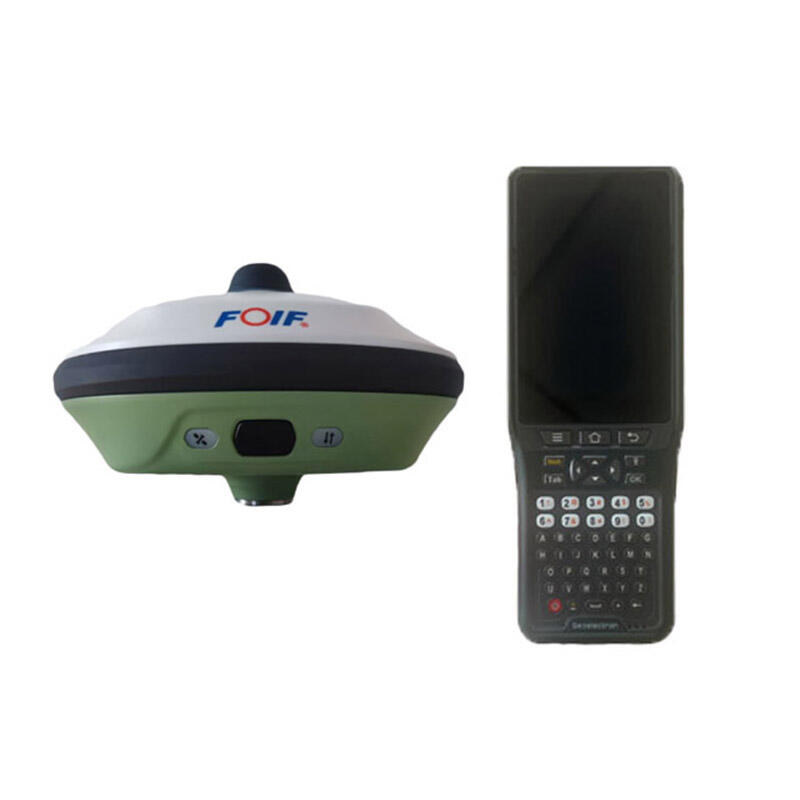
Begrip van die Revolusie in Moderne Grondopname Die opnamesektor het 'n dramatiese omskepping ondergaan met die ontstaan van GNSS-ontvangers, wat radikale veranderinge teweeggebring het in hoe professionele gebruikers ruimtelike data versamel, verwerk en gebruik. Hierdie gesofistikeerde ...
MEER BEKYK
Die Modernisering van Opname deur Gevorderde Satelliettegnologie Die opnamesektor het 'n opmerklike omskepping beleef met die intrede van GNSS-ontvangers. Hierdie gesofistikeerde toestelle het fundamenteel verander hoe professionele gebruikers ...
MEER BEKYK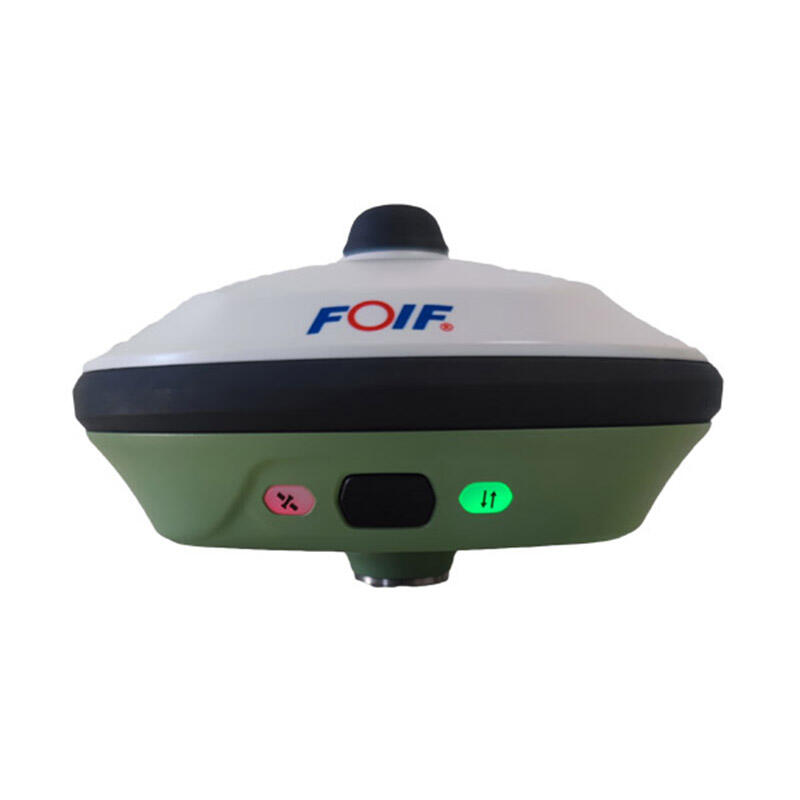
Verstaan van Moderne Teodoliet-tegnologie in Ingenieurswese: Die kies van die geskikte teodoliet vir jou ingenieursprojek kan 'n groot invloed hê op die akkuraatheid en doeltreffendheid van jou opnamewerk. Hierdie presisie-instrumente het ontwikkel vanaf sim...
MEER BEKYK
Maksimaliseer Presiesheid deur Professionele GNSS-kalibrasie: In die wêreld van globale navigasie-satellietstelsels (GNSS) is akkuraatheid alles. GNSS-ontvangerkalibrasie staan voor aan die lyn om betroubare posisionering, navigasie en tydsbepaling te verseker ...
MEER BEKYK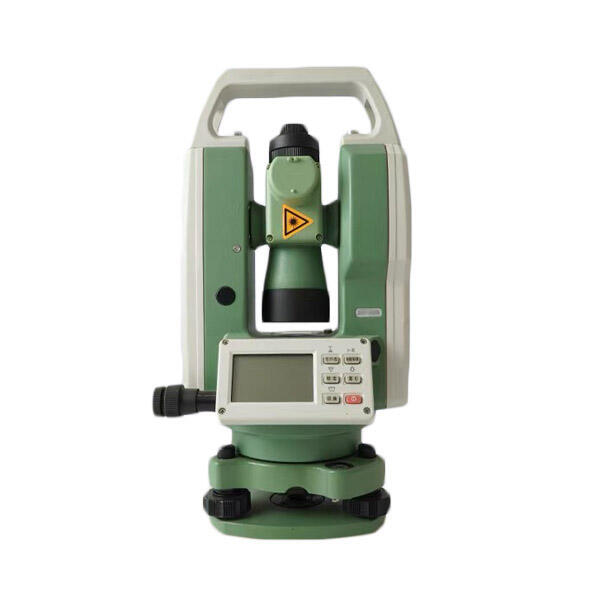
Die Kuns van Presisie in Opname-Apparatuur Bemeester In die wêreld van moderne opname, staan die kalibrasie van totale stasies bekend as die hoeksteen van akkurate metings en betroubare data-insameling. Hierdie noodsaaklike proses verseker dat opnameprofessi...
MEER BEKYK
Begrip van Totale Stasie Tegnologie in Moderne Opname. Die kies van die beste totale stasie vir jou projek vereis 'n diepgaande begrip van opname tegnologie en jou spesifieke behoeftes. Hierdie gesofistikeerde instrumente het die manier waarop ons... revolutionêr verander
MEER BEKYK